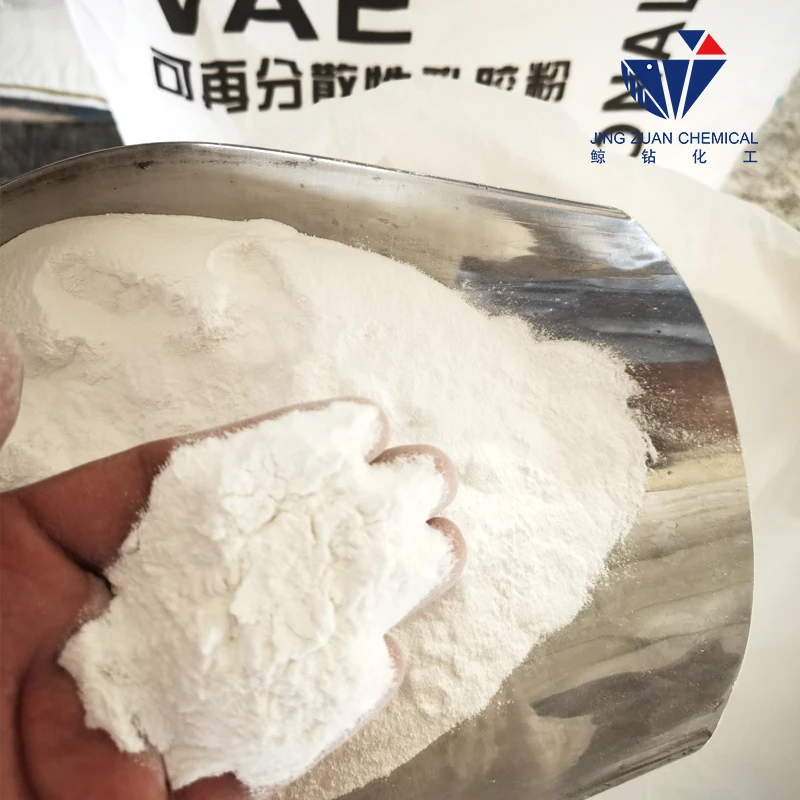
سبتمبر . 29, 2024 02:07 Back to list
Exploring Applications and Benefits of HPMC in Various Industries and Technologies
Hydroxypropyl Methyl Cellulose (HPMC) A Versatile Polymer in Various Industries
Hydroxypropyl Methyl Cellulose (HPMC) is a widely used cellulose ether that has gained significant popularity due to its unique properties and versatility across a range of applications. This multi-functional biopolymer is synthesized from natural cellulose, which is derived from wood or cotton. By modifying cellulose through the substitution of hydroxyl groups with hydroxypropyl and methyl groups, HPMC emerges as a versatile ingredient with diverse functionalities.
Properties of HPMC
HPMC exhibits a combination of hydrophilicity and hydrophobicity, making it soluble in water while maintaining a stable structure. It forms clear, viscous solutions, which are ideal for applications in food, pharmaceuticals, cosmetics, and construction. One of its remarkable properties is the ability to gel and thicken solutions, which is crucial for controlling viscosity in liquid formulations. Furthermore, HPMC is non-toxic and exhibits excellent chemical stability, making it suitable for use in sensitive environments.
Applications in the Food Industry
In the food industry, HPMC is utilized as a food additive, where it acts as a thickener, stabilizer, and emulsifier. It helps to enhance the texture and mouthfeel of food products, thereby elevating the overall sensory experience. HPMC is also used in the production of gluten-free baked goods as it improves dough structure and water retention, contributing to the end product’s quality. Additionally, its ability to form gels is utilized in jellies and desserts, making it an essential ingredient in many processed foods.
Role in Pharmaceuticals
The pharmaceutical industry relies heavily on HPMC for its adhesive and film-forming properties. It serves as a binder in tablet formulations, ensuring that the active ingredients remain intact during manufacturing and consumption. Moreover, HPMC is used in controlled-release formulations, allowing for the gradual release of drugs within the body. This is particularly beneficial for patients who require consistent medication levels over extended periods. The polymer’s biocompatibility further enhances its appeal in drug formulation and delivery systems.
china hpmc-hydroxypropyl methyl cellulose

Utilization in Personal Care Products
HPMC's emulsifying and thickening properties make it an invaluable ingredient in personal care products, such as lotions, creams, and shampoos. It helps to stabilize emulsions, ensuring that oil and water do not separate, thus providing a smooth and consistent texture. HPMC also contributes to the moisturizing properties of skincare products, offering a barrier that retains moisture and enhances skin hydration. Additionally, its film-forming ability allows for the development of effective coatings for various cosmetic formulations.
Applications in Construction
In the construction industry, HPMC is employed in the formulation of mortars, adhesives, and sealants. Its water-retention capacity improves workability and adhesion, making it easier to apply materials while ensuring strong bonding. The addition of HPMC to concrete enhances its performance by reducing cracking and shrinkage during the curing process. Furthermore, its film-forming properties contribute to the durability of protective coatings and surface treatments, thereby extending the lifespan of construction materials.
Environmental Considerations
As a cellulose-derived product, HPMC presents an environmentally friendly alternative to synthetic polymers. Its biodegradability ensures that it breaks down into harmless by-products, reducing environmental pollution. As industries increasingly focus on sustainable practices, the use of HPMC aligns with the demand for eco-friendly materials without compromising functionality.
Conclusion
Hydroxypropyl Methyl Cellulose (HPMC) stands out as a highly versatile polymer that impacts a variety of industries, from food and pharmaceuticals to personal care and construction. Its unique properties such as thickening, gelling, and film-forming capabilities make it an essential ingredient in numerous formulations. Moreover, its environmentally friendly nature and compatibility with various applications underscore the importance of HPMC in the context of sustainable materials. As research and development continue to expand the potential uses for HPMC, it remains a critical component in innovation across multiple sectors, ensuring its relevance well into the future.
-
What is HPMC?
NewsJun.06,2025
-
Understanding Redispersible Powder: The Future of Construction Materials
NewsJun.06,2025
-
Understanding RDP Powder: The Ultimate Solution for Your Construction Needs
NewsJun.06,2025
-
Pure HPMC: The Ideal Solution for Modern Construction and Building Materials
NewsJun.06,2025
-
Methyl Hydroxyethyl Cellulose: A Versatile Chemical Compound
NewsJun.06,2025
-
Hydroxyethyl Cellulose Power: The Essential Chemical for Various Industries
NewsJun.06,2025







